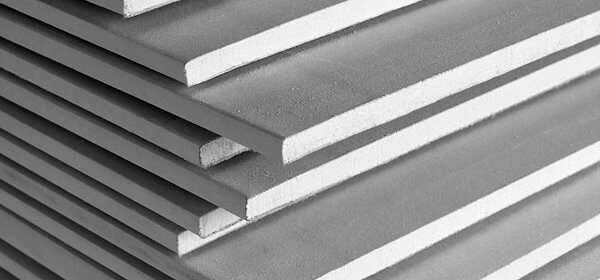When it comes to interior design and construction, choosing the right drywall texture can make a significant difference in the overall aesthetics and ambiance of a space. In this blog post, we will explore the various drywall texture options available, their unique characteristics, and provide insights into selecting the best drywall texture for your project. Whether you are a homeowner, contractor, or designer, this guide will equip you with the knowledge to achieve the perfect finish.
- Understanding Drywall Texture:
Drywall texture refers to the application of different materials and techniques to create a visually appealing and textured surface on drywall. It not only adds depth and dimension but also helps to conceal imperfections and create a distinct look. The choice of texture depends on factors such as personal preference, architectural style, and the purpose of the space. - Popular Drywall Texture Techniques:
a) Orange Peel Texture: This technique creates a subtle texture resembling the skin of an orange. It is achieved by spraying joint compound onto the drywall surface and then lightly flattening it with a trowel. Orange peel texture is versatile and suitable for both modern and traditional interiors.
b) Knockdown Texture: With its distinctive flattened texture, knockdown texture adds a touch of elegance to any space. It involves applying joint compound using a sprayer and then lightly knocking it down with a trowel or knife. This technique offers a balance between a smooth finish and subtle texture.
c) Skip Trowel Texture: Skip trowel texture creates a rustic and handcrafted look by applying joint compound in a sweeping motion with a trowel. It leaves irregular patterns and subtle peaks, adding character to walls. This technique is often used in Mediterranean or Spanish-style homes.
d) Venetian Plaster Texture: For a luxurious and polished finish, Venetian plaster texture is an excellent choice. It involves applying multiple layers of plaster with a trowel, creating a smooth and marble-like appearance. This technique is ideal for high-end residential or commercial spaces.
- Factors to Consider:
a) Room Size and Lighting: The size of the room and the amount of natural or artificial light it receives play a crucial role in selecting the right drywall texture. Lighter textures, such as orange peel, work well in smaller spaces, while larger rooms can handle more intricate textures like skip trowel or Venetian plaster.
b) Architectural Style: Consider the architectural style of the space when choosing a drywall texture. Modern and contemporary designs often favor smooth finishes, while traditional or rustic styles embrace more textured options.
c) Maintenance and Durability: It is essential to consider the maintenance requirements and durability of the chosen texture. Some textures may be more prone to damage or difficult to clean, making them less suitable for high-traffic areas or homes with children or pets.
- Emerging Trends:
As the world of interior design evolves, new drywall texture trends continue to emerge. Some of the latest trends include:
a) Geometric Patterns: Incorporating geometric patterns into drywall textures adds a modern and artistic touch to any space. From hexagons to chevron designs, these patterns can be achieved using specialized tools or stencils.
b) Metallic Finishes: Metallic drywall textures, such as gold or silver leaf, are gaining popularity for their luxurious and glamorous appeal. These finishes can be applied using metallic plaster or by incorporating metallic flakes into the joint compound.
Conclusion:
Selecting the best drywall texture involves considering various factors such as personal preference, architectural style, and room characteristics. By understanding the different techniques available and staying updated with emerging trends, you can transform any space into a visually stunning masterpiece. Remember, the perfect drywall texture is the key to achieving a harmonious and captivating interior design.


More Stories
Key Technical Features and Performance Indicators of a Gypsum Mortar Production Equipment Weighing System
Building Facilities Construction
5 Creative Uses for Single Wire Hooks in Everyday Life